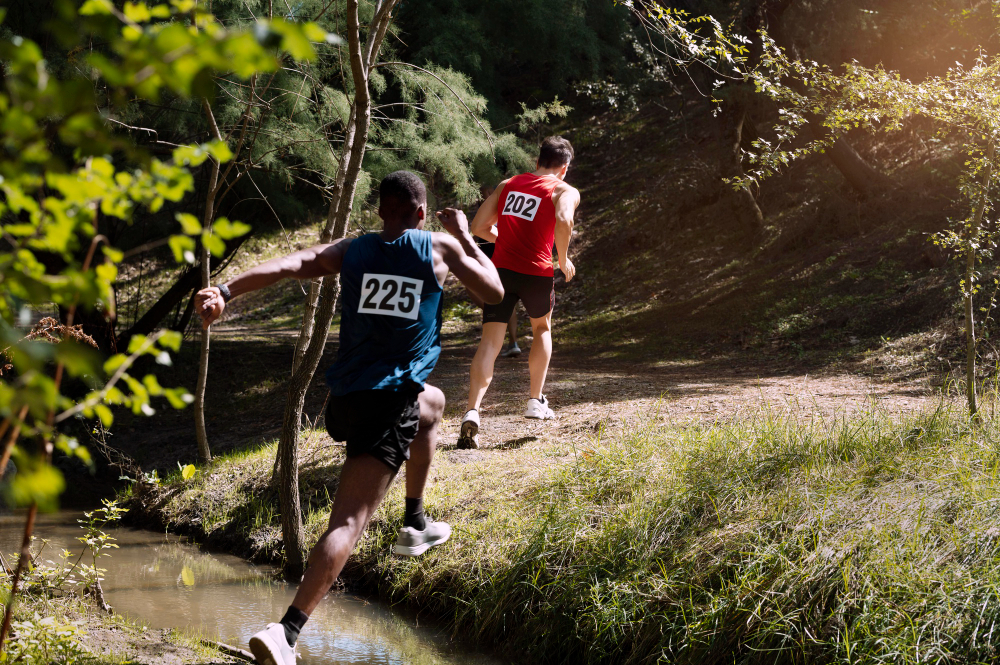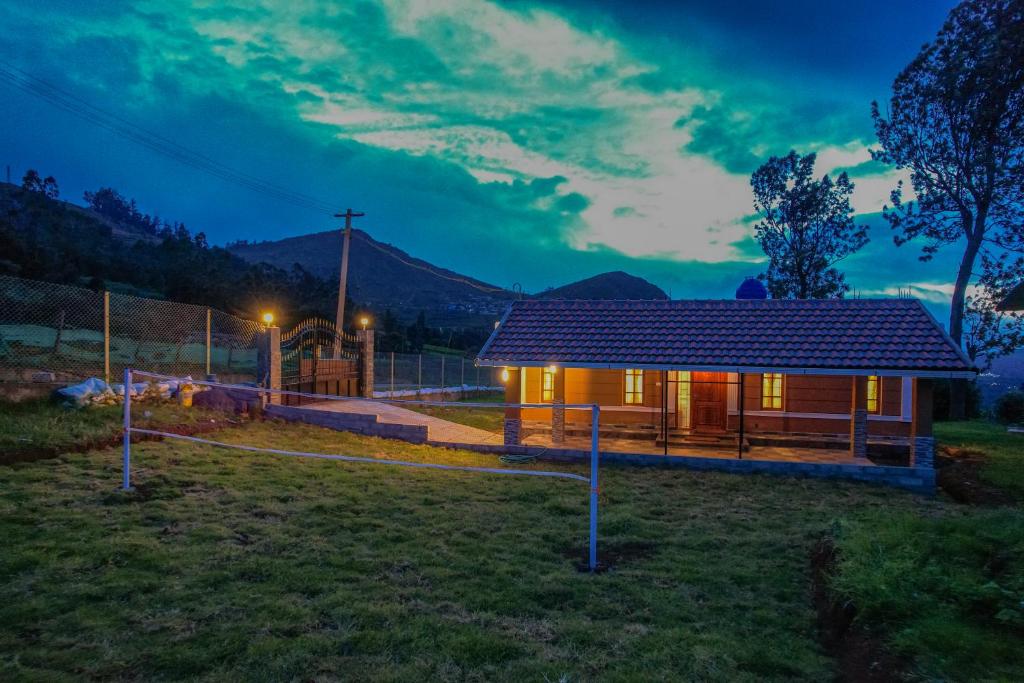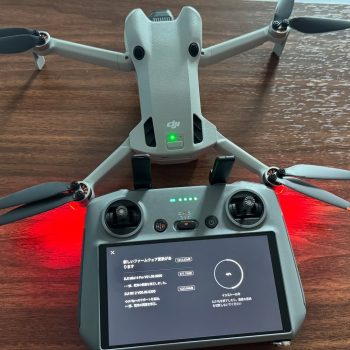 Pin
Pin Photo by @k.akky0218
Mini drones have surged in popularity recently, offering lightweight, affordable aerial power – and sparing most users from complex registration rules. Weighing under 250 g, these drones are easier to carry, easier to learn, and often fly freely without hassle.
The appeal begins with their portability and convenience. Models under this threshold slip into backpacks, coat pockets, or travel kits without adding burden. With built-in camera stabilization and intelligent automation, even beginners can capture smooth aerial footage. They strike a rare balance: compact size paired with stunning image quality and intuitive controls .
Beyond hobbyist use, mini drones find roles in professional tasks like photography, inspections, and quick surveys. Their limited regulatory restrictions let operators fly in busier zones, and their lightweight nature reduces training needs and equipment overhead. Some enterprises use them for visual inspections or site monitoring where a larger drone might be overkill.
Table of Contents
1. DJI Mini 4 Pro
 Pin
Pin Photo by @k.akky0218
This first model in our Top 10 Mini Drones line‑up sets the bar high. Under 249 g, the DJI Mini 4 Pro is light as a feather, yet full of pro‑level features and long flight time. Its omnidirectional obstacle sensors offer a safety net in tricky flight zones, making confident flying second nature.
With 4K/60 fps HDR video and active tracking that circles around you, it brings polished footage with minimal fuss. The camera delivers stunning clarity in both stills and moving shots. Its stable mechanical gimbal keeps everything silky smooth, even in mild wind conditions.
Pilots of all levels will appreciate how intuitive it is. The tidy size makes travel easy, while the smart controller with a built‑in display enables quick setup. Flight endurance reaches over 30 minutes, enough for most outings. This drone proves that a pint‑sized frame can deliver professional results.
2. Autel EVO Nano Plus
 Pin
Pin Photo by @leosuarez_ltc
This model earns its place, offering a refined balance of portability and high‑end performance. Weighing under 249 g, the Autel EVO Nano Plus features a 1/1.28‑inch CMOS sensor and shoots stunning 4K video at 30 fps with 50 MP stills. It’s an ideal companion when crisp, vibrant footage matters most.
Safety and control receive equal attention via front, rear, and downward obstacle detection sensors that help avoid mishaps in complex spaces. The drone supports intelligent modes like dynamic subject tracking and SkyPortrait for automated aerial portraits, simplifying creative capture. With a flight time around 28 minutes and reliable range, it balances endurance and precision well.
Pilots who seek both reliability and image quality appreciate its ease of use—from setup through all autonomous or manual modes. Everything fits within a nimble foldable frame, making EVO Nano Plus well suited for travel or daily aerial capture. This mini drone proves that a compact form mustn’t compromise visual power or smart features.
3. Potensic Atom 2
 Pin
Pin Photo from Official Potensic Atom
The Potensic Atom 2 shines as an affordable option among mini drones, offering 4K video quality at a fraction of top-tier prices. Weighing under 250 g, it sidesteps many regulatory requirements and is easy to carry around. Its 48 MP stills and stable 3‑axis gimbal deliver surprisingly sharp and smooth footage, challenging more expensive models.
Its standout feature is advanced AI-powered subject tracking and night‑mode recording capability. These intelligent modes include cinematic flight moves and automated tracking, making creative shots achievable even for budget-conscious creators. The Atom 2’s app-based controls and clear video feedback further elevate the experience.
Though it lacks obstacle avoidance, many users find this trade‑off reasonable given its price. Reviewers praise it as a strong alternative to DJI’s entry-level drone lineup. Overall, if visual quality and smart features matter more to you than collision sensors, Atom 2 delivers an impressive aerial package within a modest budget.
4. DJI Flip
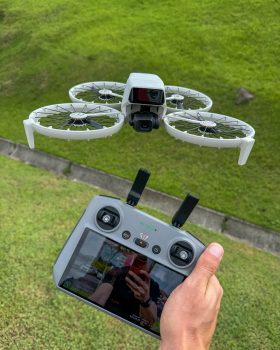 Pin
Pin Photo by @dronelandbrasil
The DJI Flip stands out in the mini drone world with its truly foldable design that wraps each arm around a central core, making it even more compact than most sub‑250 g drones. Despite its small size, it delivers power-packed performance: a 1/1.3-inch CMOS sensor shooting 4K/60 fps video and 48 MP photos, stabilized by a refined gimbal. Its clever infrared 3D sensing system provides obstacle detection without adding bulk—ideal for safe flight in tight spaces.
Boasting up to 31 minutes of flight time, the Flip offers surprisingly long airtime for its class. It features automated flight modes like Hyperlapse, FocusTrack, and MasterShots, which simplify advanced capture techniques and let every shot feel cinematic. While it leans toward premium pricing, its blend of portability, creative modes, and smooth performance appeals to both content creators and travel enthusiasts.
Handling feels intuitive thanks to the DJI Fly app and optional RC controller. Its foldable architecture makes it easy to slip into a travel pouch or backpack, ensuring it’s always ready when travel or exploration calls. Though priced above entry-level drones, its thoughtful design and imaging versatility place it firmly among the top contenders for creative aerial filming.
5. FIMI Mini 3
 Pin
Pin Photo by @lakeltshop
The FIMI Mini 3 impresses as a trustworthy companion in the sub‑250 g drone category. Lightweight yet solidly built, it features a 1/1.3‑inch CMOS sensor that captures crisp 4K HDR video and up to 12 MP photos. Smart HDR processing ensures vibrant, well‑balanced footage without tweaking settings, making every moment look polished and sharp.
Its flight endurance of up to 37 minutes gives ample opportunity to gather cinematic shots without constantly swapping batteries. Sporting a transmission range of around 9 km, the Mini 3 handles greater altitude and distance with robust signal integrity. Intelligent flight modes, such as follow‑me and waypoint navigation, simplify creative captures even for beginners.
Though lacking built‑in obstacle detection, many pilots find the trade‑off reasonable for its price point and portability. The app interface is straightforward, though some note it could be more refined. If you prioritize HDR footage and long flight time in a compact, regulation‑exempt drone, the Mini 3 delivers a compelling package.
6. Yuneec Mantis Q
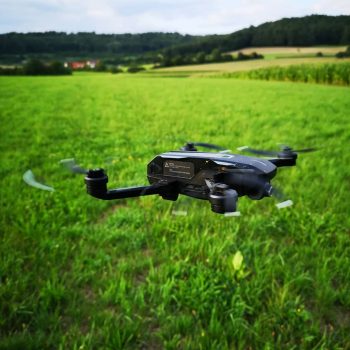 Pin
Pin Photo by @frankenhunters
The Yuneec Mantis Q brings a compact, lightweight form that makes it easy to carry just about anywhere. Its ergonomic remote feels chunkier than some rivals but still offers a secure grip, pairing conveniently with smartphones for real‑time video feedback. It’s an approachable drone for first-time pilots, especially those curious about smart flight features and voice control.
It flies surprisingly well, offering around 25 to 30 minutes of runtime per charge depending on how it’s used. While some early reviewers found the video feed a bit choppy and pixelated during live view, others praised its overall video quality—though it tops out at 1080p, not 4K. Voice commands like “takeoff,” “land,” or “snap a picture” work reliably, which adds a fun element but may feel somewhat gimmicky compared to gesture or app‑based triggers.
With no obstacle sensing or 3‑axis gimbal to smooth out motion, the Mantis Q won’t satisfy users craving cinematic footage. Yet its value lies in offering enjoyable, basic flight at a modest price. For those wanting budget flight fun paired with solid flight time and intuitive controls, it remains a usable, compact choice.
7. FIMI X8 Mini
 Pin
Pin Photo by @rezakshop
The FIMI X8 Mini emerges as a compelling entry in the mini drone field, weighing just under 250 g—meaning it often sidesteps strict registration rules. Its compact, folding body makes it easy to carry along on hikes or weekend trips. Despite its size, this drone handles breezy conditions well and maintains a reliable flight experience across varied terrain.
Packed with a 4K-capable camera and a solid 30-minute flight time, the X8 Mini offers dependable photo and video performance. Reviews highlight its sharp image capture and steady aerial clarity within an impressive 8 km operating range. Those features make it stand out as a keenly priced alternative for hobbyists seeking reach and reliability in a travel-ready package.
Pilots praising the X8 Mini applaud its no-frills app and controller setup that’s simple to master even for new users. Still, it’s worth noting that the drone lacks obstacle avoidance sensors—something found in higher-end competitors. While still a competent aerial tool, those priorities should guide expectations for indoor or dense-area flight.
8. DJI Neo
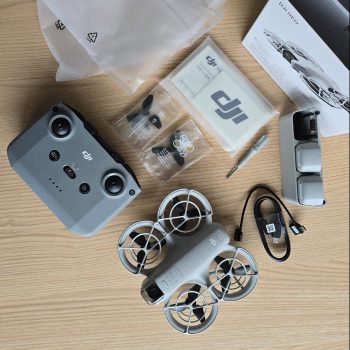 Pin
Pin Photo by @gradation_insta
The DJI Neo earns its spot as an ideal beginner mini drone, weighing just 135 g and featuring full propeller guards for safe indoor or outdoor practice. Equipped with a 4K/30 fps camera and 12 MP stills, it surges past many toys in clarity and ease of use. Voice and gesture controls allow hands‑free functions, making flight feel intuitive and playful.
With around 20 minutes flight time and internal 22 GB storage, Neo delivers solid performance in a light travel‑ready frame. QuickShot modes and AI‑driven image tracking automate cinematic footage in just a few taps. Despite lacking advanced obstacle avoidance, its enclosed design adds protection, while the DJI Fly app provides speedy setup.
Highly lauded by DJI beginners and casual users, Neo offers friendly learning without registration headaches. Reviewers point out that it’s a top choice for indoor use or as a compact secondary drone for trips. Its low entry cost and intuitive controls make it perfect for confident first flights.
9. HoverAir X1
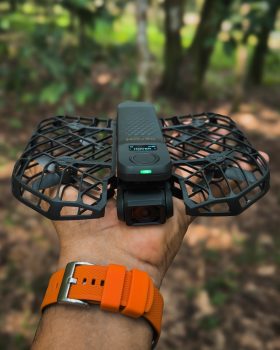 Pin
Pin Photo by @pharossig
The HoverAir X1 is built around ultimate portability: at just 125 g and folding to about 5×3 inches, it slips easily into a jersey pocket or small backpack. Its compact, enclosed design supports safe travel and quick flights anywhere. Despite its size, it records 2.7K or 1080p video on a gimbal, offering surprisingly clear image quality for casual content creators.
Its interface is simple: two-button control lets users hover, follow, zoom out, orbit, or capture bird’s eye shots with minimal effort. Internal 32 GB storage prevents SD‑card hassles, and flight time around 15–20 minutes is enough for quick outdoor adventures. Users praise its ease-of-use and dependable performance during cycling or travel.
Though battery life and top speed lag behind larger competitors, HoverAir’s focus on usability and compact convenience has won fans. It’s praised as the best selfie/selfie‑drone pick of 2025—small enough to carry everywhere and smart enough to capture memorable moments on the go.
10. Ruko F11 Pro 2
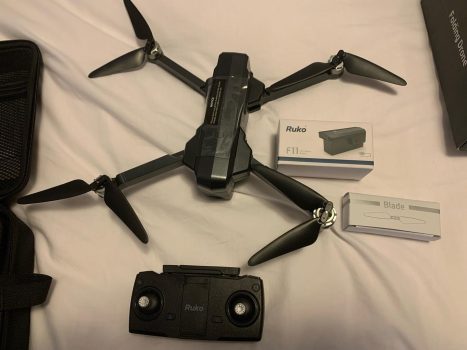 Pin
Pin Photo by @cachina_online_peru
The Ruko F11 Pro 2 offers a solid sub-250 g experience with reliable flight, GPS stabilization, and 4K video capture. While not as widely known as DJI or Autel, it delivers great endurance—typically around 28–30 minutes—and strong performance in outdoor conditions.
Its user-friendly app and controller let fledgling pilots feel in control quickly. While lacking a mechanical gimbal, its electronic stabilization supports steady footage, and built‑in follow-me and waypoint flight modes add variety to aerial shots. The drone also often includes extras like prop guards and spare batteries.
User feedback regularly highlights excellent value: dependable flight, solid visuals, and long battery life make it ideal for casual users wanting more than a toy drone. Though some competitors offer sharper image sensors, the Ruko F11 Pro 2 earns respect as a dependable, affordable choice.
FAQs
Keeping a drone below 250 g often lets you skip registration in many countries, making travel and use more convenient—especially for hobbyists and beginners.
Typical flight time ranges from 20 to 34 minutes depending on model, battery capacity, and weather—some premium models even reach 37 minutes.
Not all do. Entry-level or budget mini drones often omit sensors, which means pilots must navigate carefully—whereas advanced models like DJI Mini 4 Pro include full omnidirectional detection.
Yes! Many include app‑based auto-hover, one-touch takeoff/landing, and even voice or gesture controls—making them ideal for first-time pilots.
Range varies: entry-level models use Wi‑Fi with up to ~4 km reach, while higher-end units like Mini 2 or Mini 3 Pro use OcuSync tech for stable video up to around 8–10 km.







